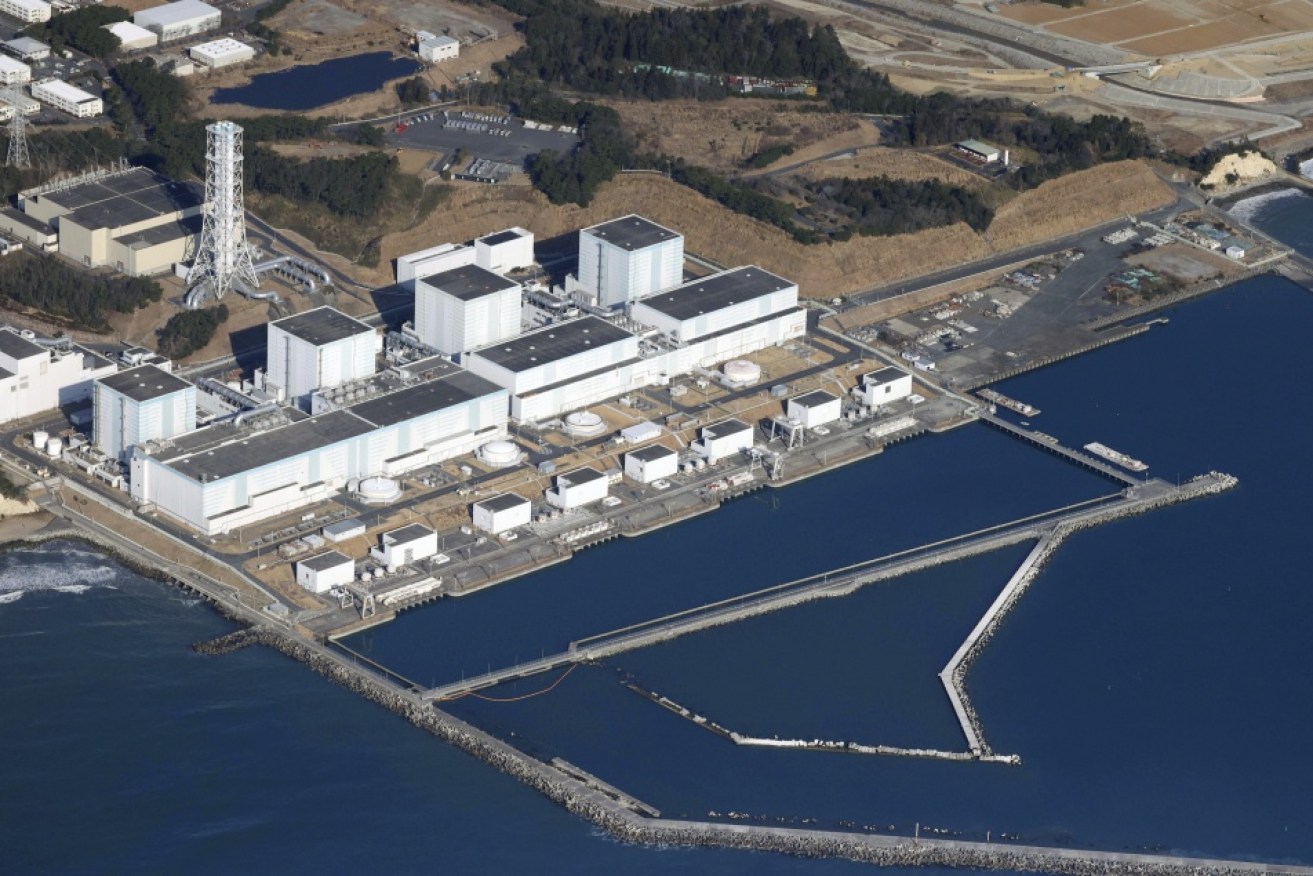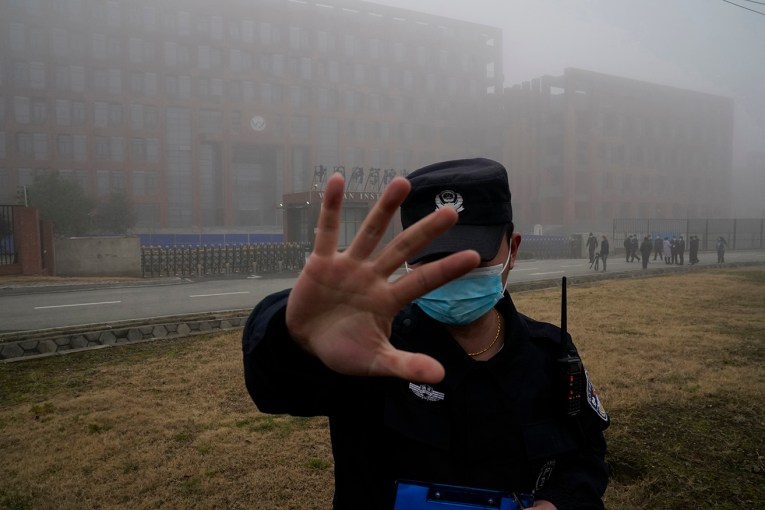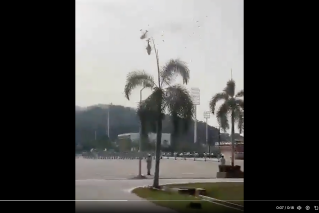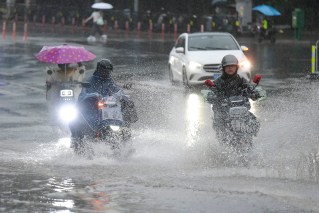Fukushima’s release of nuclear water looms

Despite protests, it is likely nuclear water from the Fukushima plant will be released soon. Photo: AP
Japanese Prime Minister Fumio Kishida made a brief visit to the tsunami-wrecked Fukushima nuclear plant to highlight the safety of an impending release of treated radioactive wastewater into the Pacific Ocean.
The Japanese government wants to start the divisive action soon, despite protests at home and abroad.
Mr Kishida’s trip came hours after he returned home on Saturday from a summit with United States and South Korean leaders at the American presidential retreat of Camp David.
Before leaving Washington on Friday, Mr Kishida said it was time to make a decision on the treated water’s release date, which has not been set due to controversy surrounding the plan.
Since the government announced the release plan two years ago, it has faced strong opposition from Japanese fishing organisations worried about further damage to the reputation of their seafood as they struggle to recover from the accident.
Groups in South Korea and China have also raised concerns, turning the release into a political and diplomatic issue.
The government and the plant operator, Tokyo Electric Power Co. say the water must be removed to make room for the plant’s decommissioning, and to prevent accidental leaks from the tanks because much of the water is still contaminated and needs further treatment.
Japan has obtained support from the International Atomic Energy Agency (IAEA) to improve transparency and credibility and to ensure the plan by Tokyo Electric Power Co. meets international safety standards.
The government has also stepped up a campaign promoting the plan’s safety at home and through diplomatic channels.
In a final report in July, the IAEA concluded the Tokyo Electric Power Co. plan would cause negligible impact on the environment and human health if conducted strictly as designed, and encouraged Japan to proceed.
Mr Kishida told reporters after Sunday’s plant visit he hoped to meet with the head of the national fisheries organisation on Monday before his ministers decide the date at a meeting next week, Kyodo News agency reported.
A start date for the water release is widely expected to be at the end of the month.
During his visit on Sunday, Mr Kishida saw wastewater filtering and dilution facilities and met with TEPCO president Tomoaki Kobayakawa and other top officials.
He urged the officials to prioritise safety in the release and help prevent reputational damage to local fisheries, Kyodo said.
While seeking understanding from the fishing community, the government has also worked to explain the plan to South Korea to keep the issue from interfering with their relationship-building.
Japan, South Korea and the US are working to bolster trilateral ties in the face of growing Chinese and North Korean threats.
South Korean President Yoon Suk Yeol’s government recently showed support for the Japanese plan, but he faces criticism at home.
During a joint news conference at Camp David, Mr Yoon said he backed the IAEA’s safety evaluation of the plan but stressed the need for transparent inspection by the international community.
A massive March 11, 2011, earthquake and tsunami destroyed the Fukushima Daiichi plant’s cooling systems, causing three reactors to melt and contaminating their cooling water.
The water is collected, filtered and stored in about a thousand tanks that will reach their capacity early next year.
The water is being treated with what’s called an Advanced Liquid Processing System, which can reduce the amounts of more than 60 selected radionuclides to government-set releasable levels, except for tritium, which the government and TEPCO say is safe for humans if consumed in small amounts.
Scientists generally agree the environmental impact of the treated wastewater would be negligible, but some have called for more attention to the dozens of low-dose radionuclides that remain.
-AAP








